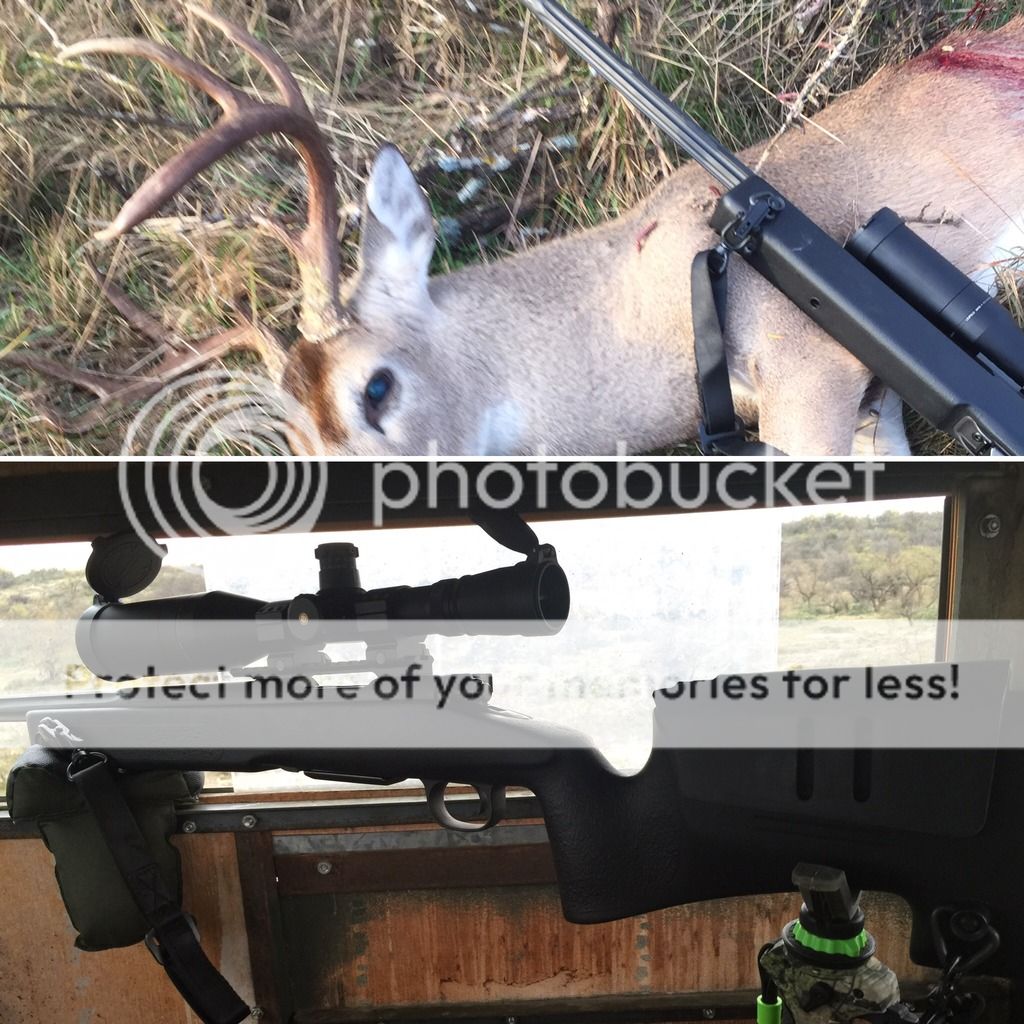There are some basic assumptions about rifles that aren't correct in studying what a target vs hunting rifle can do.
First, the overused and completely misunderstood meaning of "tight tolerances." Those are the dimensions to which the individual parts are machined, and as an aggregate the variation allowable from smaller to larger compared to blueprint. Parts are difficult to get exactly on dimension, because of tooling condition, operator or machine preciseness, even the ambient temperature it's operating. Because of that, most commonly used acceptable variations, like, + or - .015" are specified on the blue print. That allows one bolt to measure smaller and possibly the last one machined to be as much as .030" bigger. "Tolerances" are the range small to large that is allowed.
What most people mean to say is "tight clearances." That is the dimensions measured when assembled that allow parts to move while dynamically operating. If the bolt is actually machined to a tight tolerance of .0005" it may still rattle and slop around in the rails by deliberate choice of the designer. That rifle may need to be used in both Arctic and desert condition, in one case it could leave a slightlyn warm environment or get dusted with snow, in the other it could leave a cooler environment then heat soak in the sun. Metal changes sizes when exposed to temperatures - it contracts when cooled, and expands when heated.
In either case if the clearances aren't adequate the bolt could bind - regardless of the "tight tolerances" of the individual parts in manufacture. It would be suffering from tight CLEARANCES.
Now we have to ask, what does that have to do with bolt lockup? It needs to be the same at either extreme of temperature, metal on metal contact with the lugs. Any looseness would eventually hammer them, which is why they have a tapered fit to accomodate the differing dimensions. Now, add in that the powder charge will burn at a different rate, plus the fit of the bullet in the bore, too, and I don't see where the "tight tolerances" have much to do at all with the variation of a bullets impact on the target. There are a lot of other more important factors that govern accuracy more than whether a bolt is too tight or loose in the action.
As for weight, the target rifle uses it to reduce muscle tremors from moving the point of aim as rapidly. If a 13 pound target rifle is good, then a 30 pound one would be better, and for some shooters chasing the smallest possible group size, a 300 pound rifle isn't out of the question. They are bench guns, nearly impossible to shoot from a shoulder hold. Weight has a stabilizing affect on repeatable accuracy but when hunting the hold on for a cold shot is what is really needed.
Yes, you could use a target rifle with long range accuracy hunting, but purpose built for long range use in a controlled setting, they are often equipped for bench or mat shooting with no compromises for field use. Like, having an extremely light trigger. Plenty of target rifles use 2 pound triggers or less, and at the range these are considered nearly mandatory. In the field, tho, they are too light and unsafe when carried loaded regardless of the safety mechanism. Over the century the light trigger in the field has proven to be a hazard - and because of that military and defensive arms usually have a minimum 6 pound trigger. When crossing rough terrain stalking a better shot of a game animal that is in sight, it's not a good thing to go stumbling around with a light trigger that can easily go off.
More than a few have shot inadvertently at the wrong time, shot themselves, or shot their hunting companion.
In either case, the general shooting public scoffs at both arguments and goes on taking guns fitted to shoot indoors only, with target triggers suitable for position competition and state "I've never done it wrong yet." Nonetheless we read of folks who equipped with more appropriate firearms still having issues with handling a loaded gun but shooting when they didn't choose to.
Given the polar opposites of target shooting and field shooting, it's not a good thing to try to blend them into one all purpose gun. There's nothing wrong with a highly precise field gun being used on the range, but it's not optimized for it. And using a ruggedized target gun in the field tends to degrade the safety of the shooter, as a heavy rifle will bring on fatigue at the end of the day, sitting in a stand or stalking, and that is when people make poor decisions about gun handling or simply being able to get out of the woods.
I suppose it could be done, but the results will work out about as well as trying to make a Jeep a land speed record race car - or installing 4WD in a Ferrari. Which humans are prone to do, but it doesn't work as well as the appropriate tool for the job used for it's specific need.




